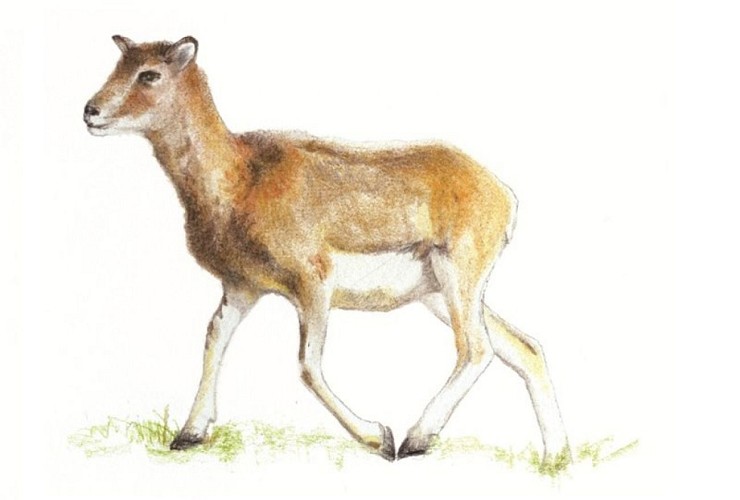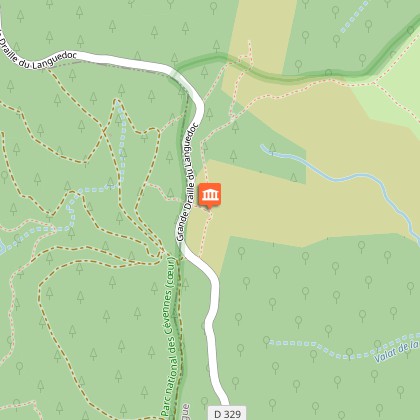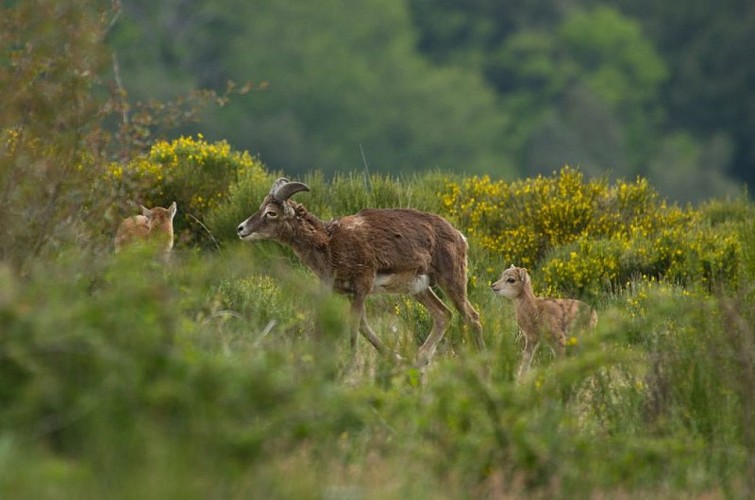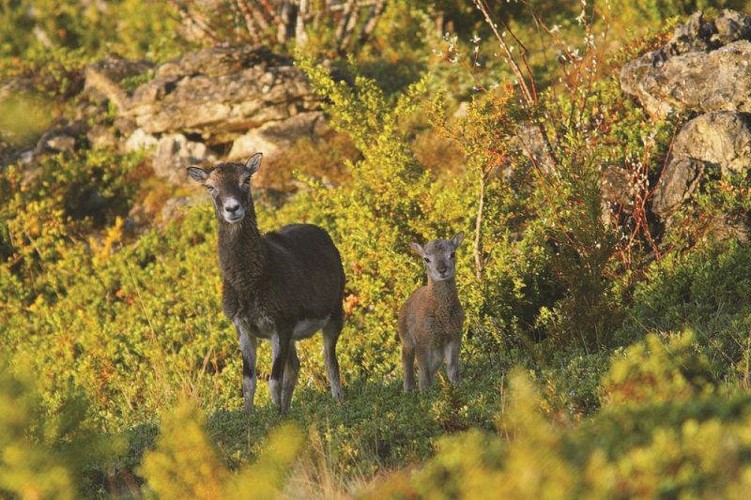Alert
Alerts
On the traces of the mouflon

IGN cards




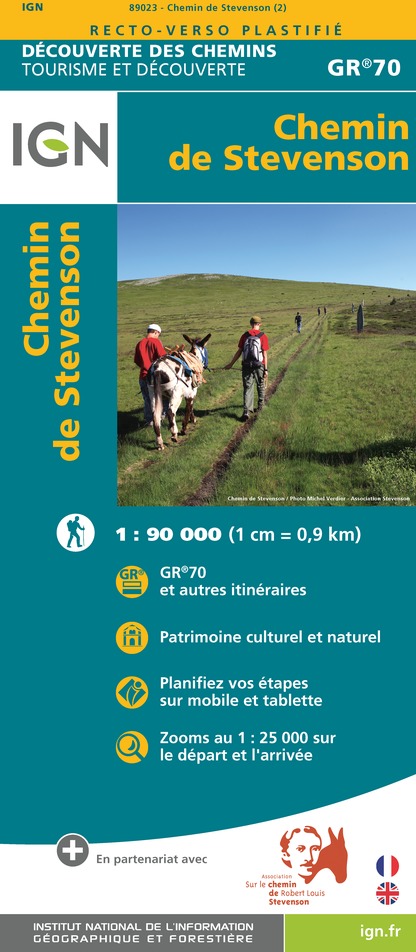
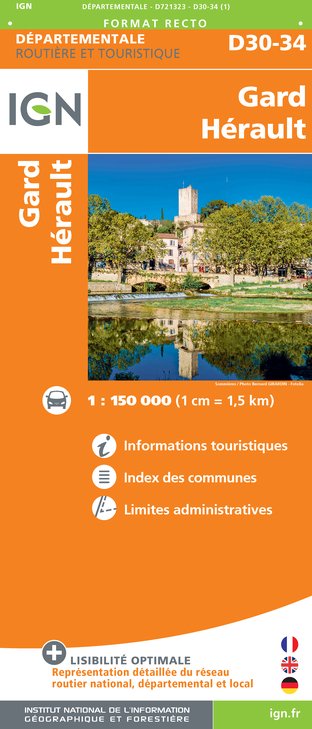
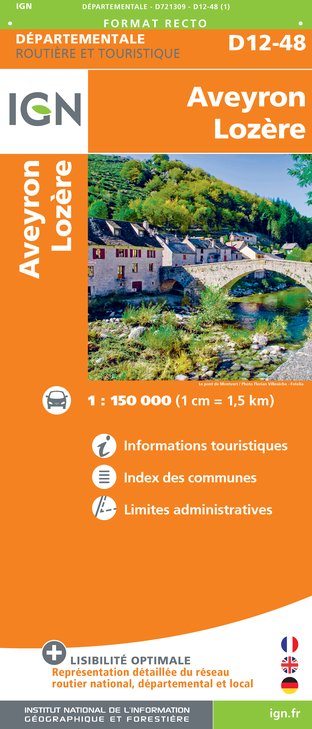

Description
The mouflon was introduced for hunting in the 1950s and yet remains little-known or unknown to visitors to the Aigoual mountain range.
Technical Information
Altimetric profile
Starting point
Points of interest
Additional information
Departure
Car park
Arrival
Car park
Ambiance
“7 June 2005. Evening is falling on the Aigoual massif. The air is cooling down after this hot spring day. I'm sitting on a small rock overlooking the heath above the Taleyrac valley. I've been at my post for only a few minutes when a triangular head with two small horns emerges out of the broom a few metres away. There can be no doubt: it's a young mouflon!”Nicolas Pagès, Fédération des chasseurs du Gard
Access
On the D 548 and D 329 from L'Espérou via the Col de la Lusette pass, towards MandagoutOn the D 170 from Le Vigan towards Mandagout, then on the D 329 towards L'Espérou / Col de la Lusette
Advised parking
Under the pine trees on the plateau, 2 km from the Col de la Lusette pass
Advice
In February 2020, a forest fire affected the path. Please respect the trail markings.You are strongly advised to bring binoculars if you hope to spot mouflons.Horse-riding or mountain-biking are not allowed on or adapted to discovery trails.
Is in the midst of the park
The national park is an unrestricted natural area but subjected to regulations which must be known by all visitors.
Data author

